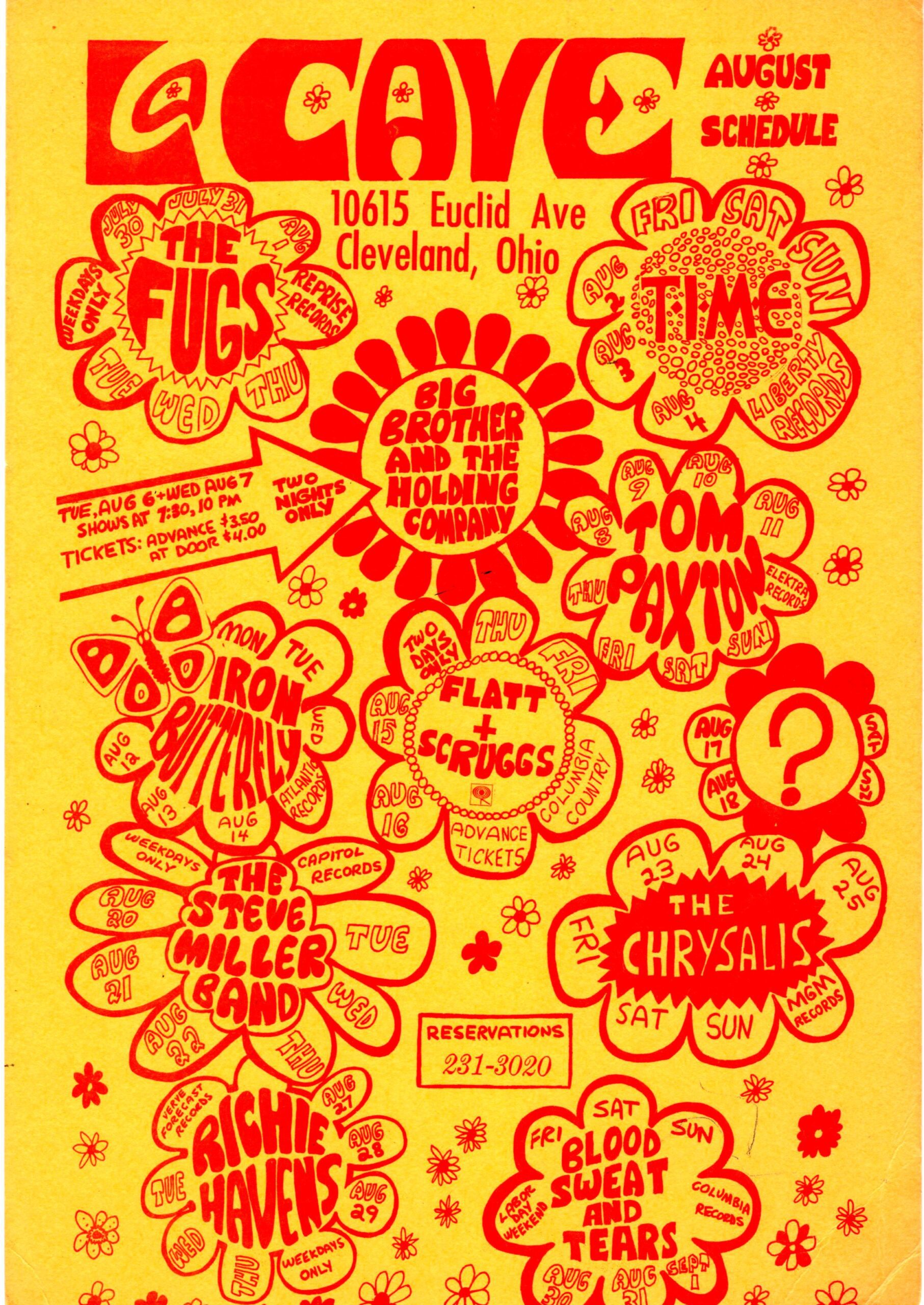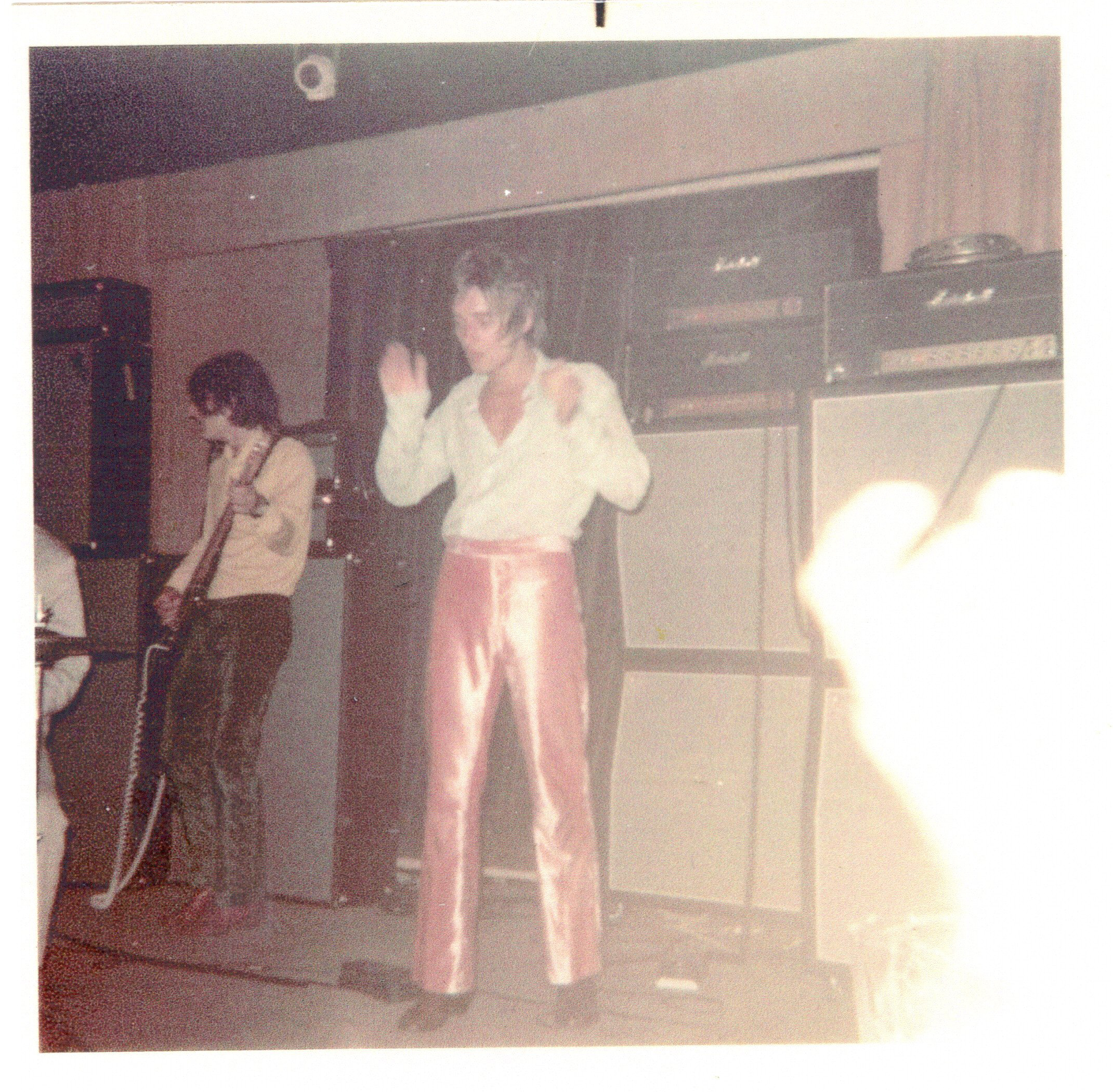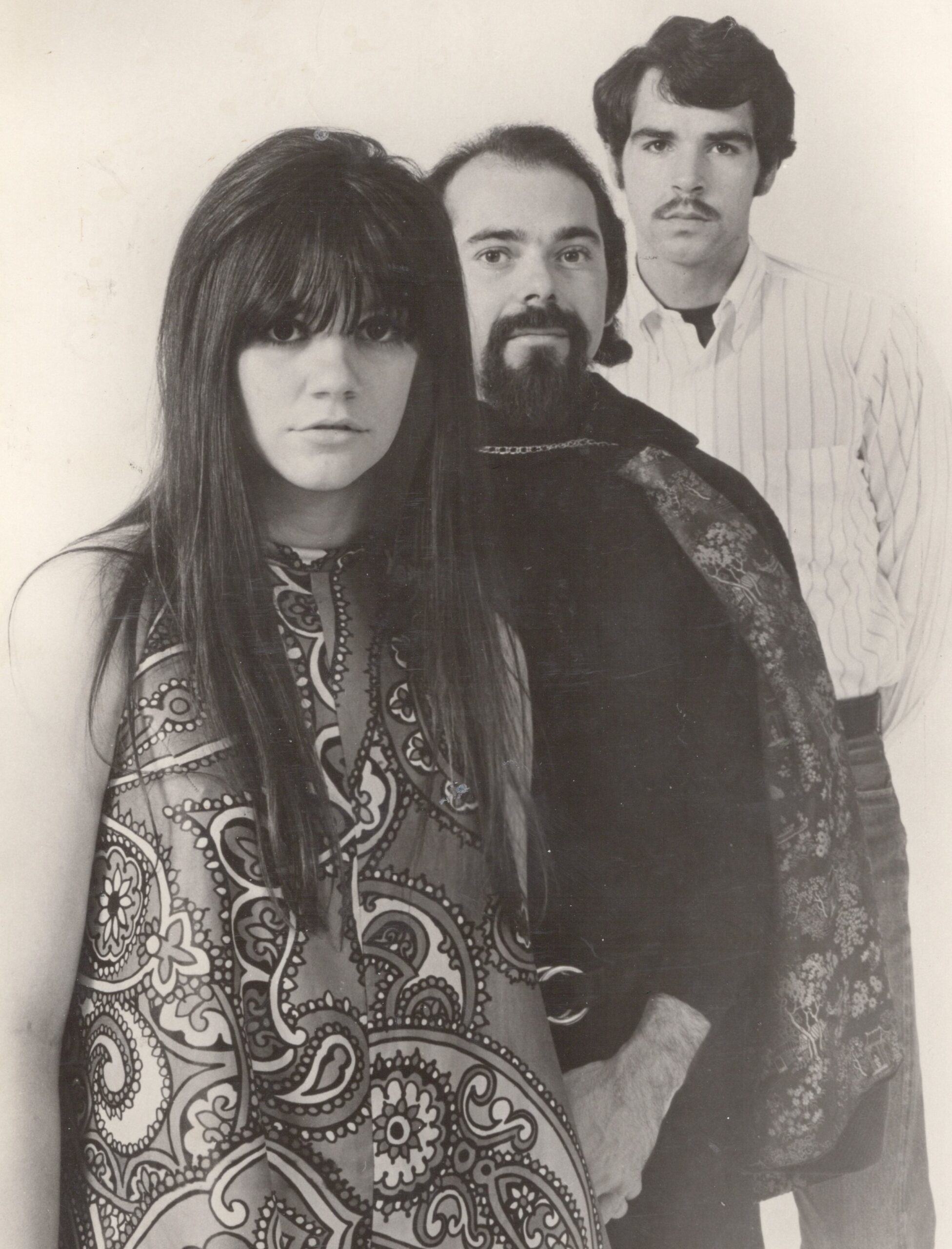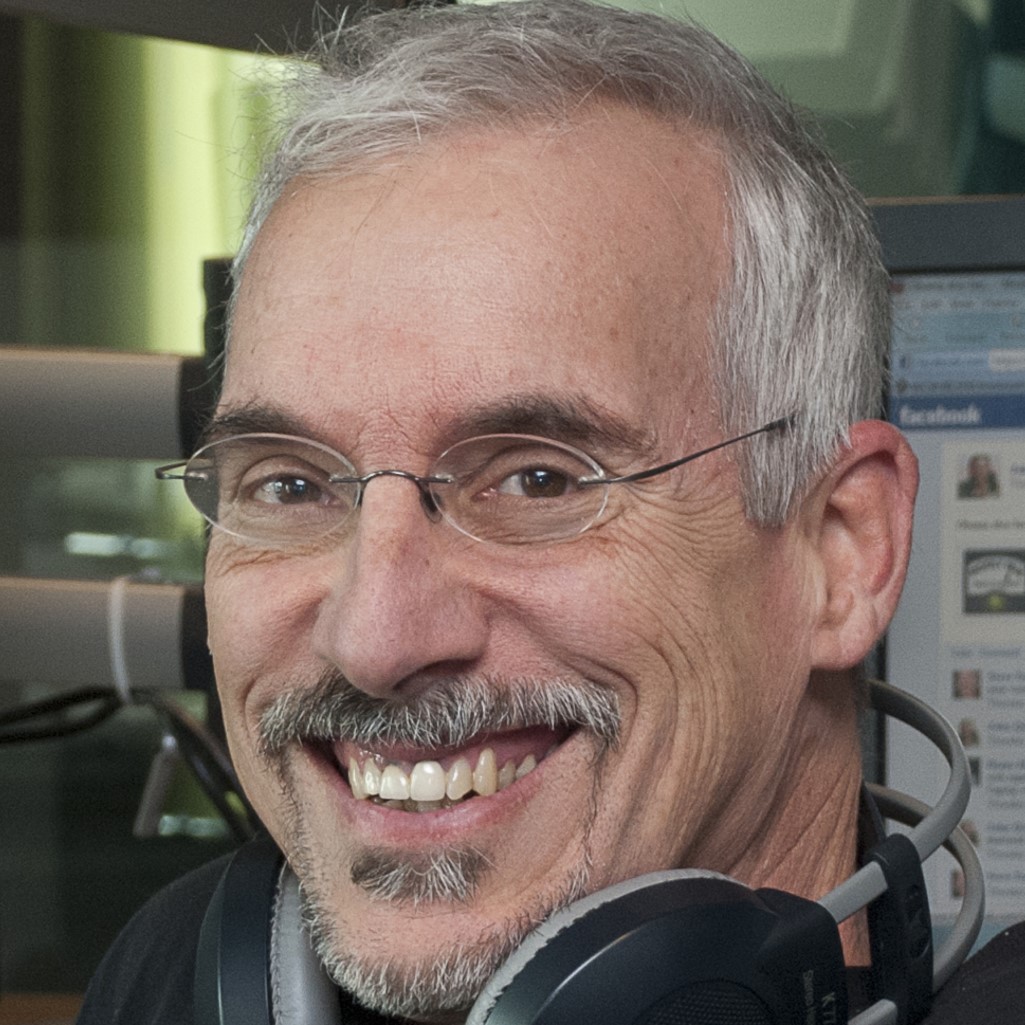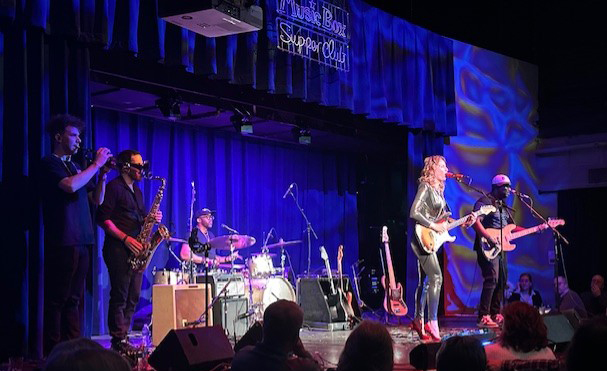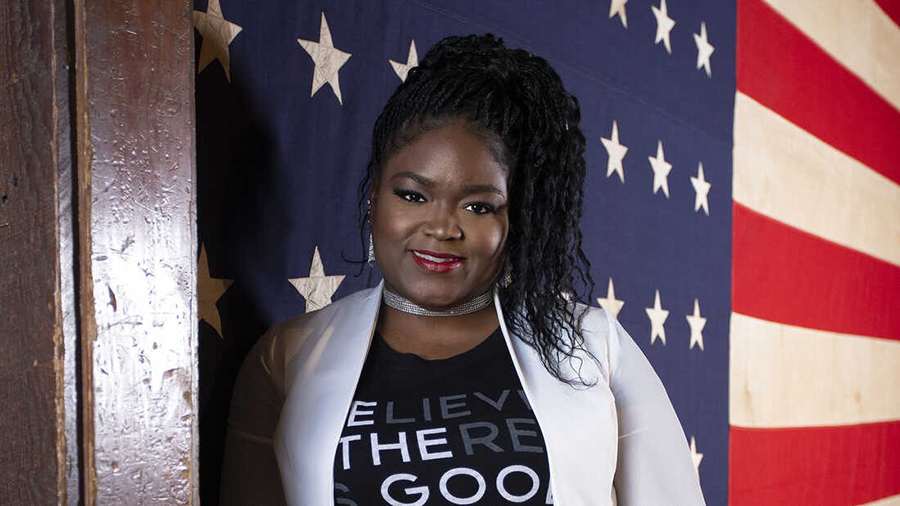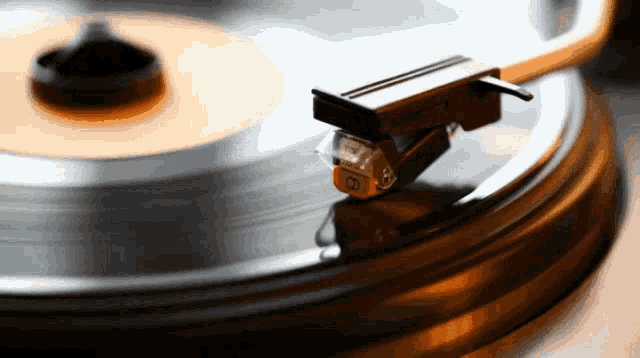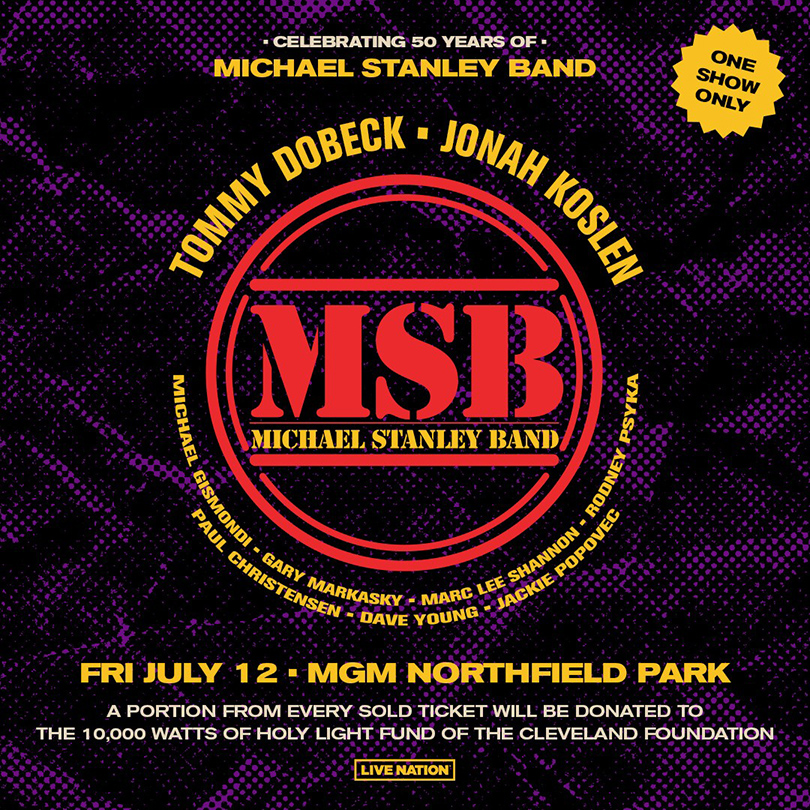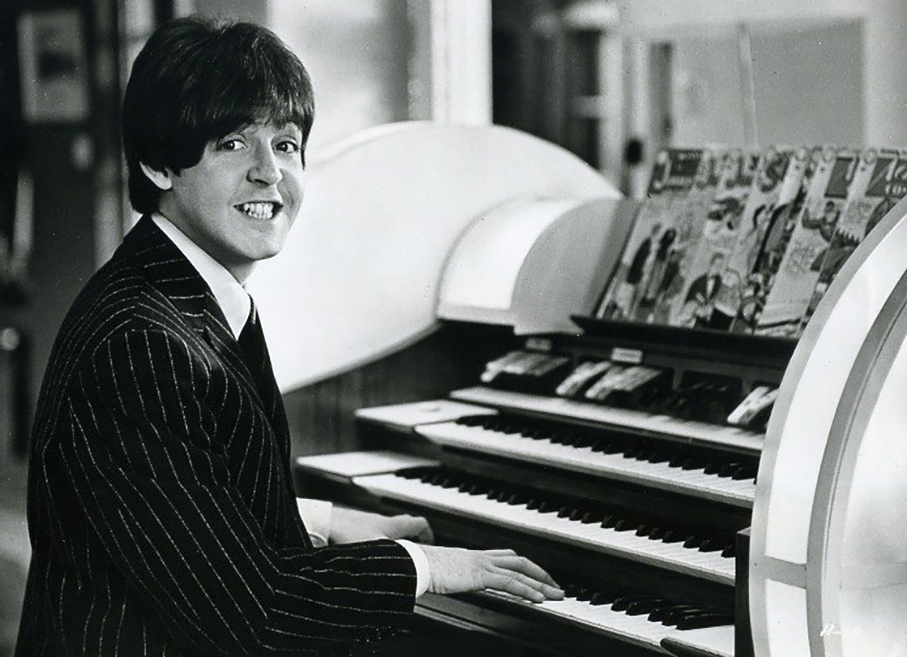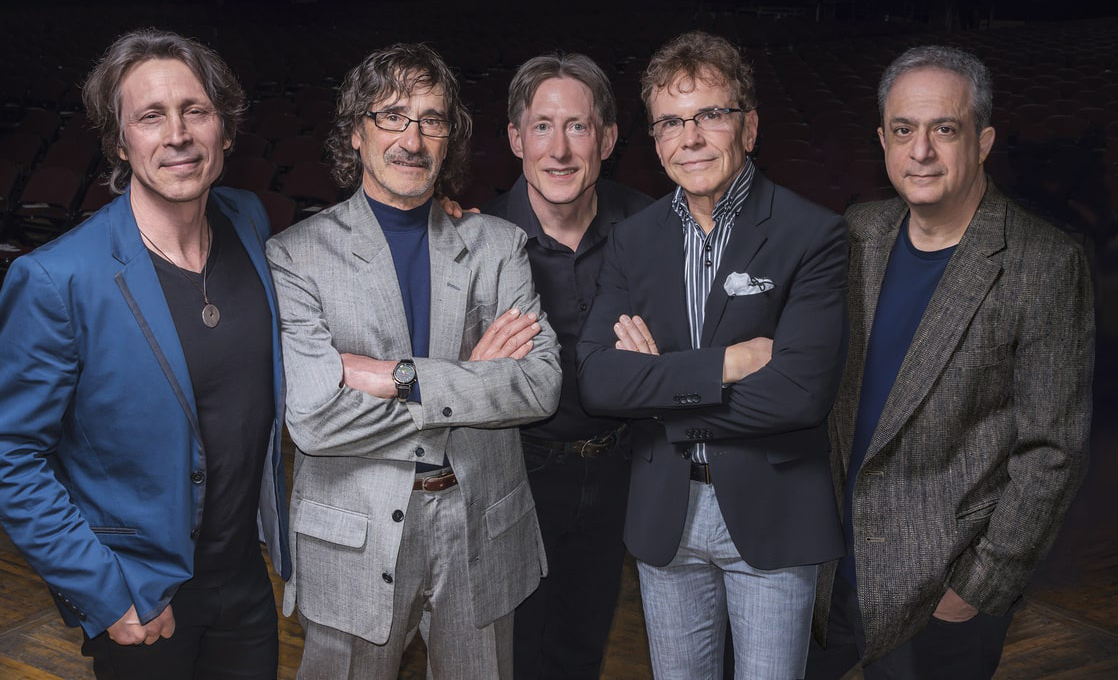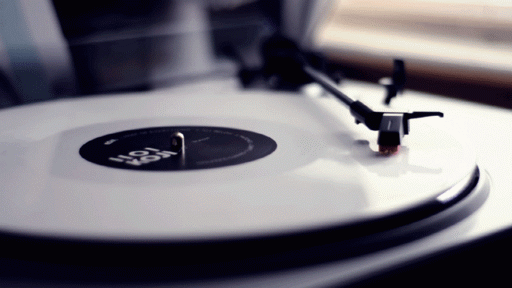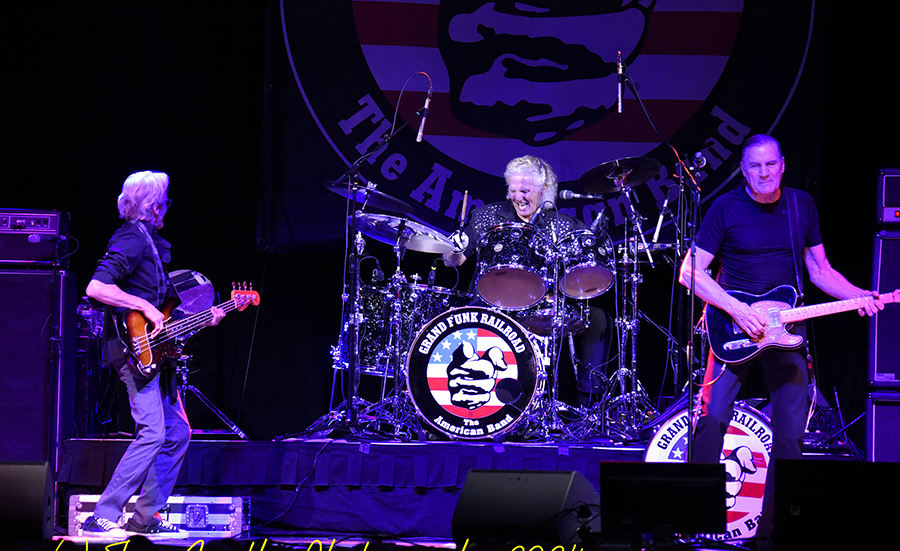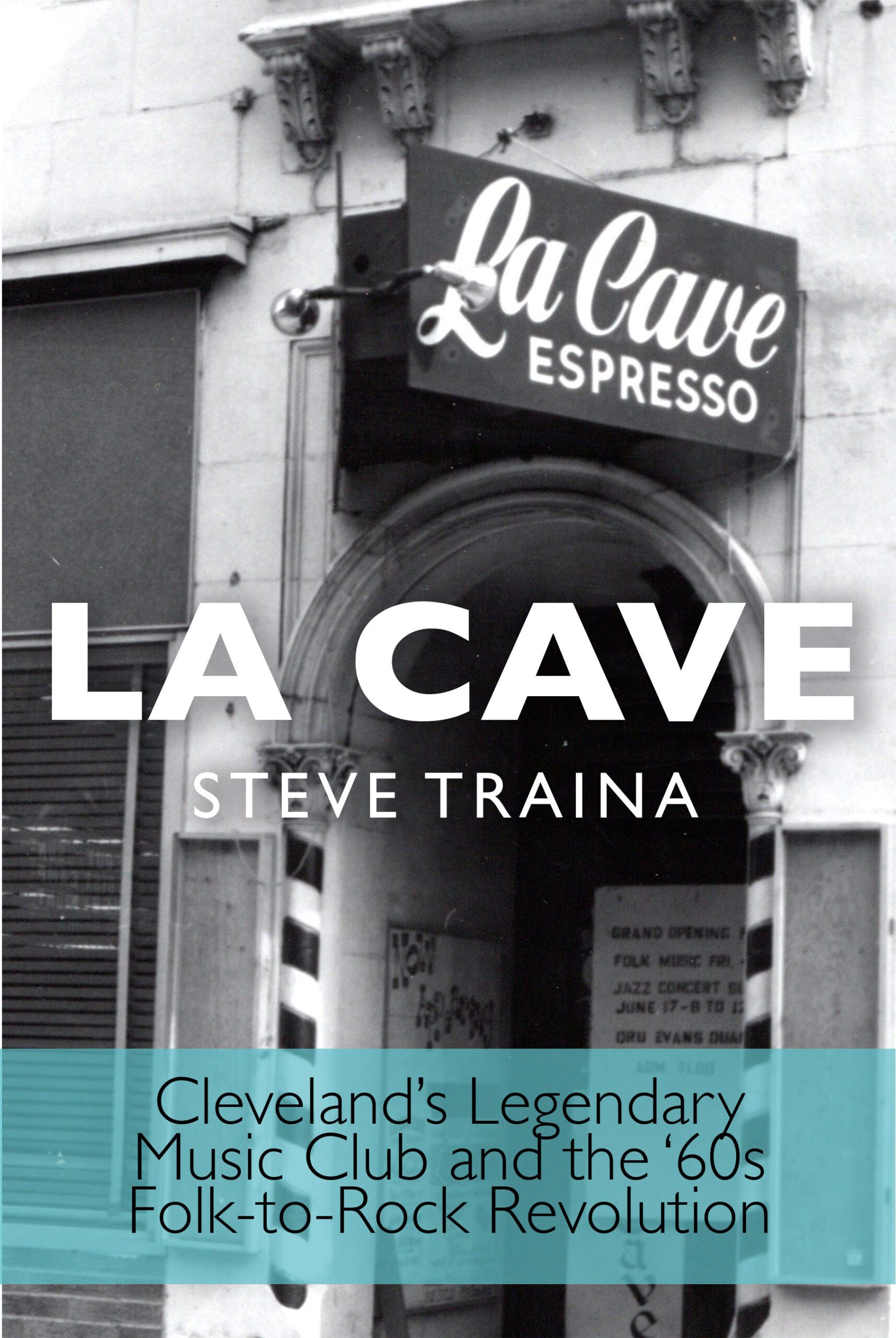
Great music can happen anywhere. From grand concert halls to porches in rural Mississippi, each location has its own personality and lure to the public often reflecting the tastes and moods of its particular audience. The industrial revolution brought millions relocating to large metropolitan areas with each group bringing its own style of entertainment. Cleveland stands as a good example. It’s wide demographic brought ethnic, country, folk, blues and any number of musical styles often introduced to other groups that adapted their favorite sounds to create a unique experience that reflected the community as a whole. There was a small basement club near University Circle that recognized the wide range of music that was available that didn’t always get a huge audience and did its best to bring the artists making that music to the public. It was called La Cave.
Years ago, when my wife, Janice, and I were researching a book about Cleveland’s rock and roll venues, we started asking about La Cave and all fingers pointed to Steve Traina. He asked me to come out to an apartment in North Royalton and we were met at the door by a small elderly guy with a huge smile. It was Stan Kain, one of the key people behind La Cave, whom Steve had befriended and looked after…and thank goodness he did. Over the years, Steve had the presence of mind to record Stan’s amazing stories. Sadly, Stan is no longer with us but his tales of the club near East 105th and Euclid were gathered in Steve Traina’s book, La Cave: Cleveland’s Legendary Music Club and the ‘60s Folk-to-Rock Revolution. As Steve can tell you, it wasn’t as easy as you might think.
What were the challenges in writing the La Cave story?
Finding a narrative hiding somewhere in a dozen banker’s boxes filled with everything from tax returns to late payment notices to signed and unsigned contracts to messages on napkins. It took quite a while to make sense out of the overwhelming amount of – sometimes conflicting – record keeping.
So much of the legend of La Cave comes from just that, legend. How did you sift through legend to get to the facts?
Over time I developed a method. I need at least two, and preferably three, unimpeachable sources of the same story. I’ve heard that eyewitness accounts are the most unreliable source of data, and that was proven right, again. If I had, say, a signed contract, an ad in the paper, a handbill listing the event, and a cancelled check showing payment, then I was pretty sure the concert actually happened. If any element was missing, I had some Dick Tracy work to do.
How about a thumbnail description how the club got started?
Downtown lawyer Nelson Karl wanted a place to hang out in the evenings and listen to music with his wife Alice. He took guitar lessons from Stanley Heilbrun, who came up with the idea of a coffeehouse. Nelson took the bait and the coffeehouse opened in March of 1962. Three months later, they can’t pay their bills. Stanley Kain enters the picture and suggests making it a folk music club. Promises were made, gifts were exchanged, and viola’, La Cave. In October, Stan books Josh White Sr. for three times the monthly rent, Nelson has a metaphorical heart attack, but the show sells out and La Cave lives.
How did you get to know Stan Kain?
In 2009 a caller to my radio show asked me if I knew where “Stan from La Cave” was. I had no idea, and so a Where’s Waldo search began – and ended a couple weeks later. He was almost off the grid, living quietly in North Royalton. Soon after that, we hatched the idea of a La Cave reunion, which happened in 2010.
How did Stan get the acts?
Short answer: any way he could. Longer answer: he’d take in as many NYC concerts he could at the smaller Village clubs on monthly (or so) long weekends in the city. He’d talk to club manager, talent managers, and the performers and strike deals with the acts “that I just liked.” It turned out everybody else was going to like them, too. After La Cave became well-known, talent managers would contact La Cave with offers.
How did folk acts view the club? Cleveland was a much bigger city, but it’s not New York or Chicago.
Going into the ‘60s, Cleveland was a big city. It was also on a direct route between NYC and Chicago, two cities with vibrant music scenes. For many acts, it began as a payday, and became a coveted destination. One factor was that La Cave always paid the performers a decent amount (or more than decent), often in cash. That fact alone made La Cave popular, but the atmosphere of the club is what kept everyone coming back for more. Something magical happened to your attitude as you descended those worn stairs and found yourself in a dingy basement with a “Feed Your Head” mural on the wall.
Was there a lot of competition?
At first, very little. As the decade progressed, competition grew. Around 1967 a new club called The Cave opened in Cleveland Heights to pick off the performers and sign them before La Cave could do so. Nelson, the ever-vigilant lawyer and owner of the real La Cave, sued them for co-opting the name, the court agreed with Nelson, and The Cave collapsed.
Did La Cave always intend to be a folk club? When did it start booking rock acts? Why?
No, as I mentioned elsewhere, La Cave began life as a beatnik-style coffeehouse with beanbag chairs on the floor and 10 different flavors of espresso. When Stan Kain met Bob Gibson at Faragher’s Back Room (it was called Dalton’s Saloon by the new operators), Bob promised he could feed NYC acts to Stan through his manager in New York, Len Rosenfeld. So after a few months of struggle to make it as a coffeehouse, in October of ’62 Stan booked Josh White Sr for a Sunday matinee, and when Stan showed up the line was down the block and around the corner. That showed the boys at La Cave that, just maybe, they could re-brand as a concert venue.
What were some of Stan’s most memorable stories about La Cave? Linda Ronstadt? Janis Joplin? Gordon Lightfoot?
All of those and countless other stories. Linda, of course, is a fan favorite. Stan rented a nearby house to put up traveling musicians during their stay and often stopped by to check on things. One morning in ’67 he stopped by to drop off some coffee and doughnuts. When he got there, there was an attractive young lady at the kitchen sink, washing dishes, butt nekkid. As Stan told it, he “looked away” as Linda said something like, “Don’t mind me, I hate clothes.”
Once I start with the stories I’ll never shut up, so just a few more:
Janis never played La Cave, but she did attend shows when Big Brother was in town, flanked by her cadre of Hell’s Angels bodyguards.
There was the time that James Cotton’s replacement drummer, Billy Stepney, died onstage. That was brutal. For a minute, people thought it was part of the act, but not for long.
Mary Travers from Peter, Paul & Mary stopped by and let herself be coerced into singing a few tunes.
Jose Feliciano always brought down the house with his insanely wicked sense of humor. He would routinely sing like Bob Dylan, gently mocking him, and when people would frown on that (his intended reaction), he’d pretend to be Dylan onstage mocking out himself, Feliciano, and he’d swing around knocking things over with his guitar and stumbling about like the blind person he was, while singing in Bob’s voice. He’d yell out things like “I’ll sign autographs now” which always got a howl.
Then there was Tom Rush. He’d come out onstage empty-handed and wait until people started to fidget a little. Then he’d holler, “Bring out the naked lady!” That got everyone’s attention. Someone would then appear onstage with Tom’s guitar, which had the silhouette of a buxom lady inlaid in the fretboard.
Sometimes Buffy would encourage people to sing along – and then start singing in French.
Doc and his son Merle traded guitar licks in a 15-minute jam that got louder and faster as it went along. By the time the end was reached, everyone in the house was up and dancing.
Was there an attempt to get Bob Dylan to play the club?
I never found any evidence to support that notion. He was already at the top of the heap. Stan’s superpower was finding performers before they were that well-known.
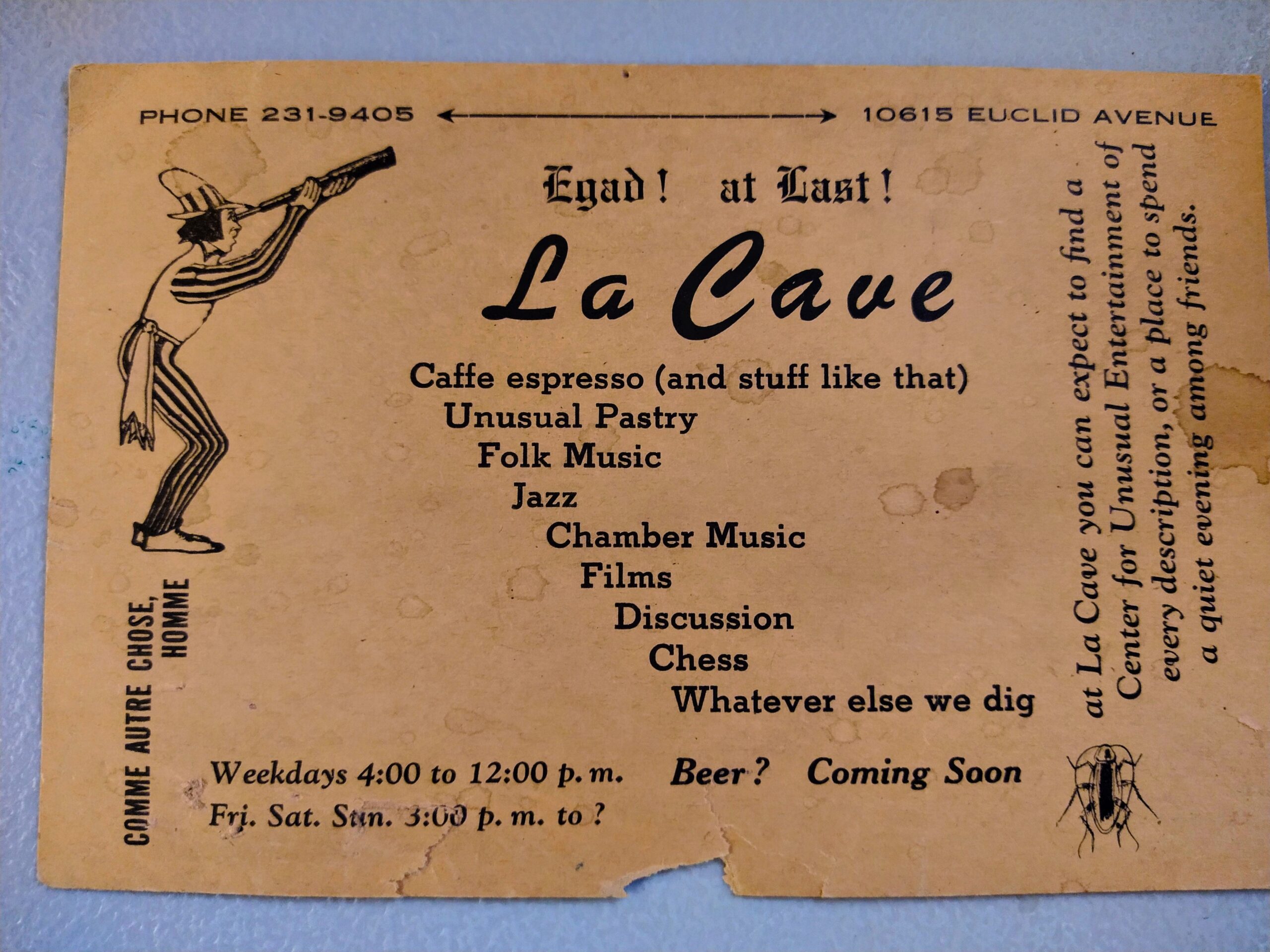
And he found plenty, too. We’ll have more in our next segment next Friday in Part 2 of our interview.
Steve Traina’s La Cave: Cleveland’s Legendary Music Club and the ‘60s Folk-to-Rock Revolution is available at local bookstores, Amazon, and his own site, https://www.lacavebook.com/





